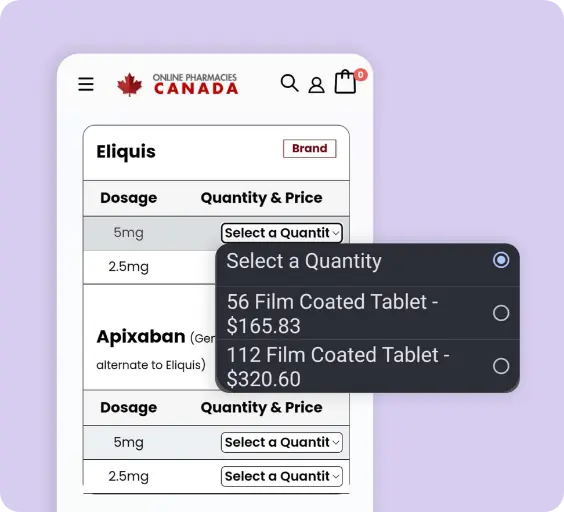Who should not use Lodine?
Individuals who have had an allergic reaction to Lodine or other NSAIDs, have asthma, or have had recent heart surgery should not use Lodine. Inform your doctor of any medical conditions you have before using Lodine.
Can Lodine be harmful?
Like all medications, Lodine can cause side effects.
How should I take Lodine?
Follow the dosage instructions provided by your healthcare provider. Lodine is usually taken with food or milk to help prevent stomach upset. Do not take more of the medication than recommended, and do not take it for longer than prescribed.
Does Lodine interact with other medications?
Yes, Lodine may interact with other medications, including blood thinners, aspirin, corticosteroids, diuretics, and ACE inhibitors. Tell your doctor about all the medications you are taking before starting Lodine.

 Prescription Required
Prescription Required
 Formulation: Capsule
Formulation: Capsule
 Prescription Required
Prescription Required
 Formulation: Capsule
Formulation: Capsule





















REVIEWS